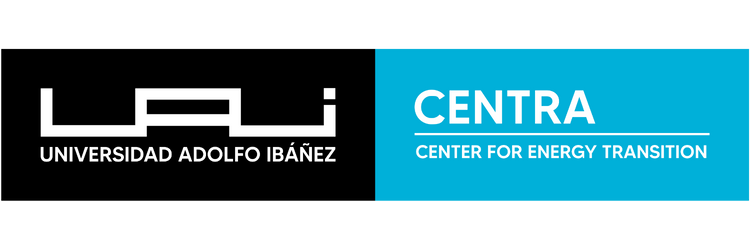Claudio Seebach, Dean of the UAI: “What I have seen most is a lack of leadership and communication”
March 3, 2025
For the academic and expert, the shortcomings became evident during “the first moment of the emergency, as well as later in the search for learning and solutions.”
The dean of the Faculty of Engineering and Sciences of the UAI, was surprised by the historic blackout that affected a large part of the country this Tuesday when he returned from vacation with his family. Once settled in after solving the challenges of his 100% electric house without supply, he received countless calls from close people and people from different areas to find out his diagnosis based on his experience as an electrical industrial engineer at UC and a master in Engineering from Stanford, and his outstanding career in the public sector, where he was head of the Interministerial Coordination Division of the Ministry of the Presidency until 2014 – academic and in the private sector as former president of Generadoras de Chile.
Amidst the exchange of recriminations between the various companies and authorities involved in the worst national energy emergency in 15 years, Seebach called for moderation in the dynamics of the summonses while the audit instructed by the National Electric Coordinator on the performance of ISA InterChile, the SCADA software (which controls industrial processes remotely) and the communication system of Transelec is underway.
“Instead of seeking responsibility and threatening with the punishments of hell – a bit like what happened last winter, when the first thing the authority said was that the company’s concession was going to expire while there were still people without electricity – what the citizens need is guidance to resolve the problem. And that does not exempt anyone from responsibility,” he indicated.
But that view does not inhibit him from making objections to the actions during the episode and its subsequent days. “The first reflection is that what I have seen most is a lack of leadership and communication, both during the first moment of the emergency, and later in the search for learning and solutions. We must recover a culture of public-private collaboration to solve people’s problems. That, in part, has been made difficult because there are many actors at the table and obviously it is more complex, but that requires more leadership,” he said.
-Among the set of authorities and entities that intervened in the first hours of the crisis, who acted correctly?
-The first person who came out to communicate was the executive director of the National Electric Coordinator, who made a very good technical speech. He did it in a somewhat technical language, but it was still understood, and it was not repeated afterwards.
-And who is on the other side of your evaluation?
-The next appearance was that of the Minister of Energy with the President, pointing to the companies. Much more was needed to establish a certain regularity in which someone came out to explain every hour.
-Are there any lessons learned from the power cut in Santiago last August?
– This time it was not like last winter when thousands of trees fell and had to be removed for days. Now there were lines available, because even though there was a fault and circuits were opened, within 45 minutes they were already restored and there was no damage, but people did not know if they were facing five hours or five days without electricity; that is possible to predict, not with precision, but to give a certain margin. So, a first big lesson is that there was a lack of leadership and communication.
-And in order to find responsibilities, how should this process be conducted?
-The ministerial authority or the National Energy Commission (CNE) should commission an international audit, because asking the local authorities themselves is a bit difficult. But even so, the Coordinator has the responsibility of providing all the information on how the system operated, the levels of security and identifying responsibilities primarily.
-Experts point out that the blackout shows structural problems at the level of the transmission system. Do you have the same analysis?
-I don’t see structural problems that would have helped prevent this condition from necessarily occurring. I do believe that an in-depth analysis of learning what worked and what didn’t is required, but it is unofficial to waste time pointing fingers at each other. Let’s think about what investments need to be made for greater resilience.
-It is also pointed out that it was demonstrated that the system has a high vulnerability.
-If the question is whether the system is precarious or not, I would say that not necessarily in this blackout. But it was in the blackouts that occurred last August, since our system is deeply precarious in knowing where and which consumer in Chile has their power cut off; we cannot know that.
Courtesy of Diario Financiero

